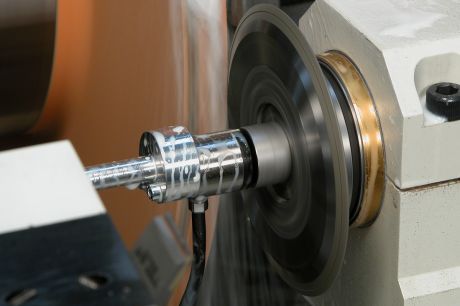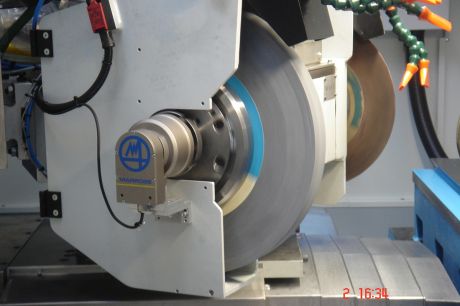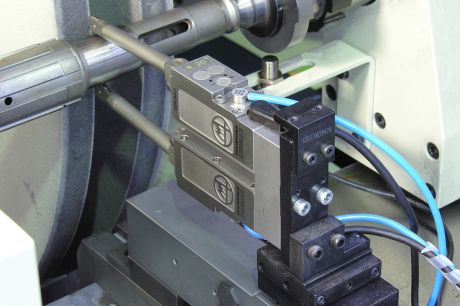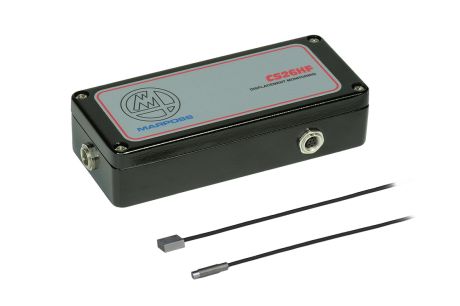In-Process Monitoring
Rotor shafts are subjected to constant mechanical stresses, due to high rotation speed and torque.
In order to reach highest quality for these components it's mandatory to perform extremely accurate grinding operations on some parts of them (e.g. bearing seat - a bearing performance is directly correlated with the dimensional and geometrical tolerance of the seat). Quality of the finished parts and optimized cycles are essential aspects of the whole process.
The vast and historic Marposs experience in grinding process monitoring is expressed by a complete portfolio of sensors, specifically designed to keep under control all key parameters of all grinding phases: in-process and post-process gauging, wheel balancing, acoustic emissions, vibrations, power.
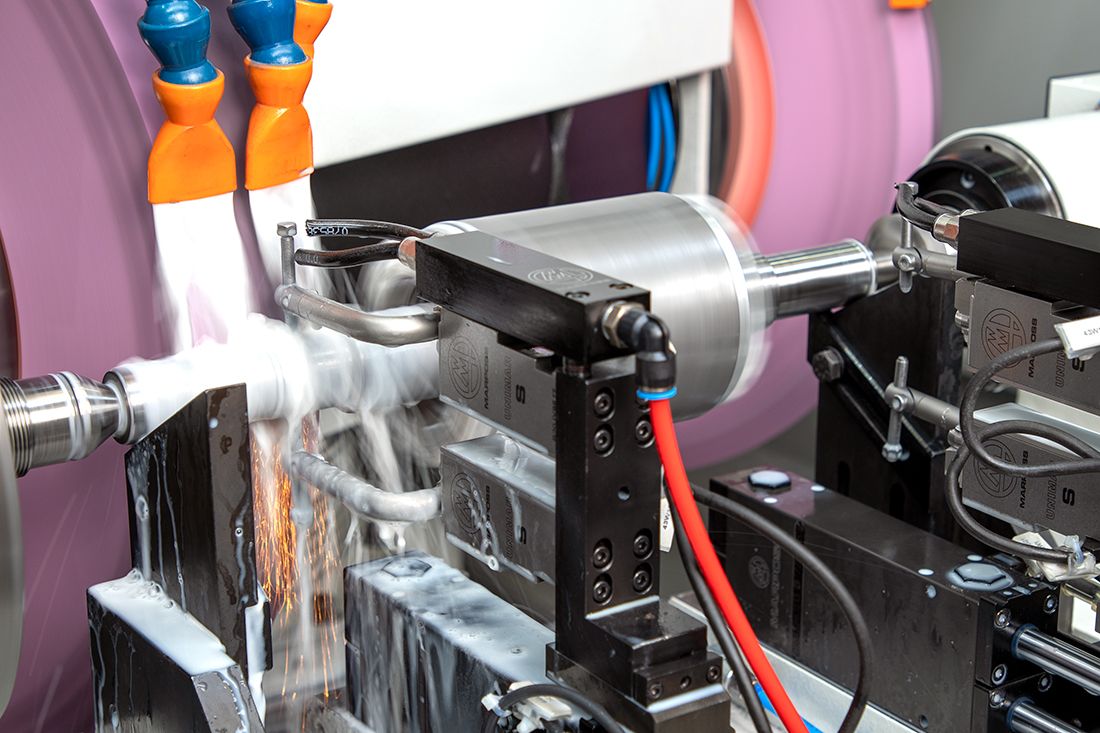
Contact gauging represents the ideal solution for process control applications on grinding machines. A constant real-time feedback about measurement is given to machine CNC, to manage grinding wheel in-feed.
Marposs gauges are specifically designed to resist to the harshest working conditions inside the machine.
Wheel unbalance is detected with an accelerometer, and the compensation is performed with balancing heads that moves rotating masses, on one or two planes. A special algorithm is able to detect the exact position of the masses to compensate the unbalance and reduce dramatically cycle time.
Acoustic emission sensors are able to monitor the noise produced when the grinding wheel touches the part or the dresser, reducing the air gap time.
A variation in the acoustic emissions allows to detect a change in the force, due to the wheel active grinding condition, with a consequent process optimization.
